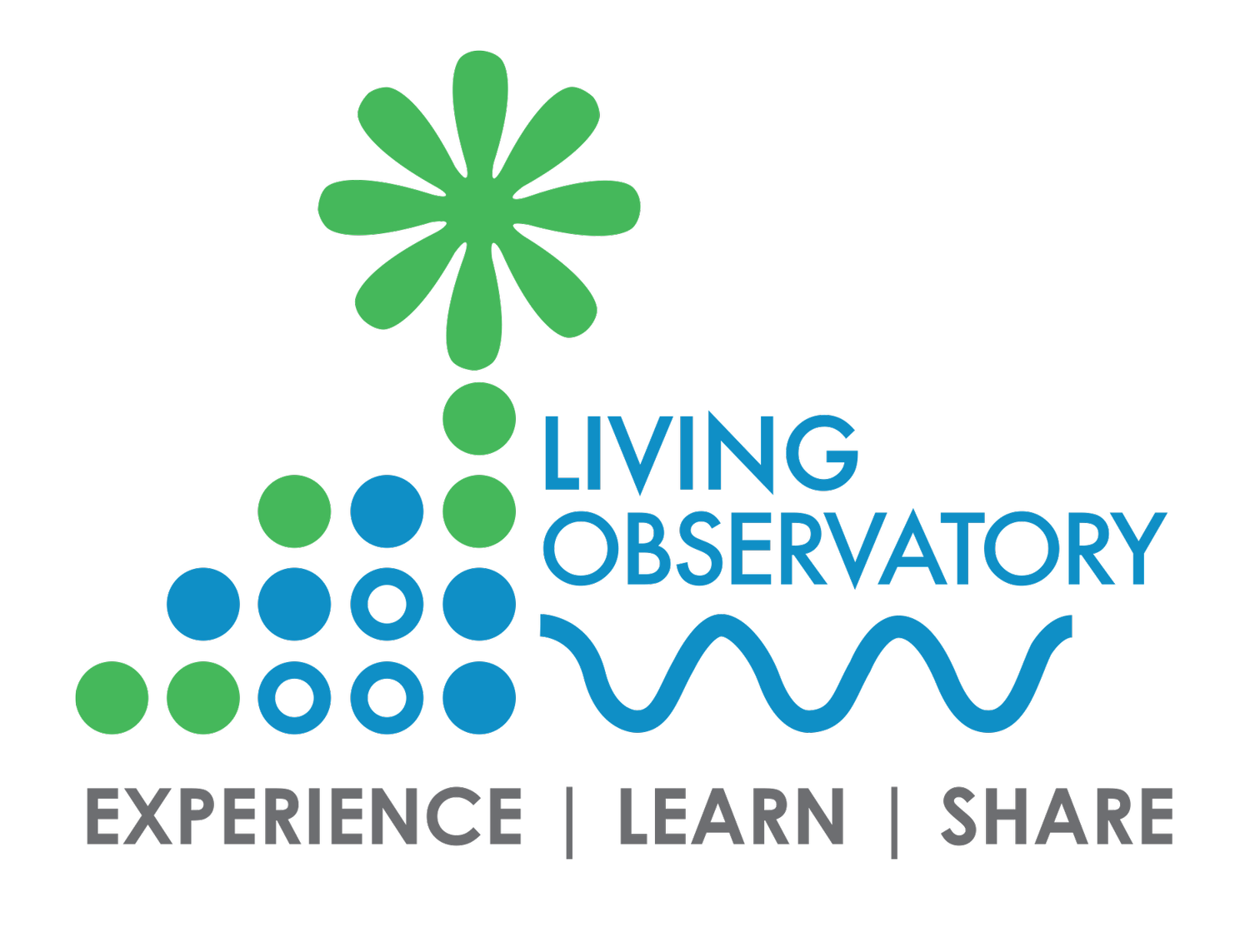1 Mar, 2012 Author: Glorianna Davenport
When you see a whale's tails on a Massachusetts license plate as you drive down the highway, do you wonder how it got there? Do you wish you could have such a cool license plate on your car?
From time to time, this blog will feature the great work of our sponsoring organizations. Today, we would like to thank American Rivers and The Massachusetts Environmental Trust (MET) for their support of the restoration project. You can add your support by becoming a member of American Rivers and/or by purchasing one of the awesome license plates from the MET.
As a proud partner in the restoration of Beaver Dam Brook, the MET is helping us help the community by contributing to the restoration of Beaver Dam Brook. A program of the Commonwealth of Massachusetts, the MET makes grants to nonprofit organizations and municipalities statewide that are working to protect and improve water resources. All of the funding for these grants is generated by the sales of three environmental license plates –
In addition to the Right Whale, you can purchase MET license plates with the image of a Brook Trout or the Blackstone Mill.
It is easy to get a plate. Just go to http://www.mass.gov/rmv/express/plates.htm and click on your favorite. The Registry of Motor Vehicles website makes buying your new plate a snap. No RMV visits required!
The plate costs less than you might think. An environmental plate is $40 in addition to standard registration fees every two years. That breaks down to $20 per year or $1.66 per month. Special plate fees are tax-deductible and support the Massachusetts Environmental Trust.
This year, the MET will pay out over $1 million in grants to help improve the water resources of Massachusetts In addition to the Tidmarsh Farms/Beaver Dam Brook restoration project, other MET partners are rescuing entangled whales, restoring habitat for herring and eels, researching invasive species, improving trout fisheries, preventing pollution and much more. By choosing to to support the MET through the purchase of a license plate, you not only help "Preserve the Trust" but you also help spread the word when you are on the road!




















